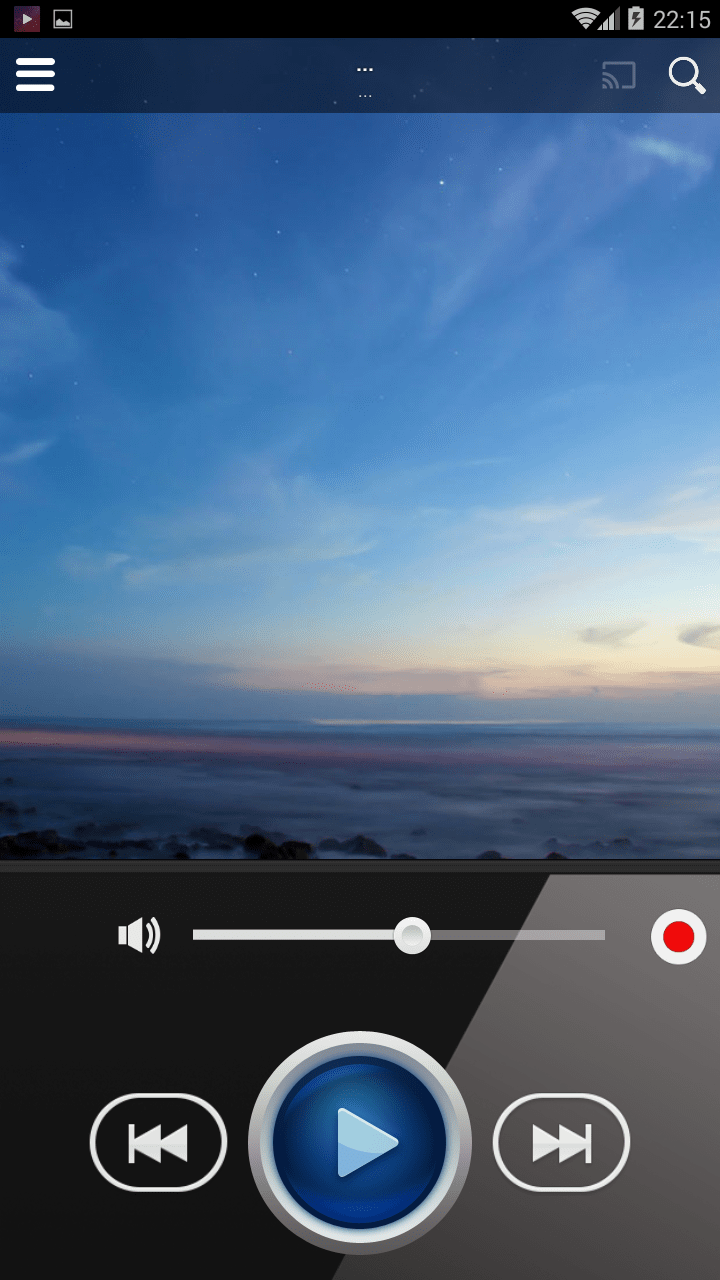
Then, any tag that specifies “video-js” as a class parameter will use Video.js for playback.
#Stream player install
Linking to the content delivery network that contains these files within the section of a web page is all that’s necessary to install it. Since Video.js is an open-source and consists of only JavaScript and CSS files, it’s easy to set up. Developers can also build their own plugins for business-specific use cases. There are hundreds of community plugins to choose from for adding features like playlists, analytics, and advertising. There’s a default base theme, but it’s easy to override its styles and icons to create custom skins.Īlong with handling the look and feel, Video.js includes an API and plugin system for advanced customization. Video.js is an open-source HTML5 video player that uses JavaScript and CSS to offer a consistent experience across browsers. What is Video.js? Video.JS is an open-source JavaScript video player. HTML5 is supported by laptops, tablets, smartphones, smart TVs, and more. That’s because any HTML5 compatible web browser, and in turn nearly any device, can now stream video. In addition, HTML5 brings a new level of standardization that enables universal broadcasting. There’s no longer a need for branded video player plugins from Adobe or Microsoft, so companies have full control over the viewing experience. Perhaps the most valuable aspect of the HTML5 video player is that it can be customized for on-brand experiences.

Basic attributes related to the video playback can be changed directly within the tag, but any advanced customization requires additional web development knowledge. Videos embedded into web pages using the tag are displayed in a default video player unless brands choose to modify it. That means these videos can be embedded nearly anywhere on the Internet, and they’re viewable on most devices.

With HTML5 videos, however, playback is built directly into browsers. While web pages have had videos for a long time, they’ve always needed additional plugins like Flash Player, Silverlight, or QuickTime.
#Stream player update
Let’s see what this new update means for video streaming, and why you should consider using it. With the latest HTML5 specification, there’s a new tag for adding videos to a page as well.



 0 kommentar(er)
0 kommentar(er)
